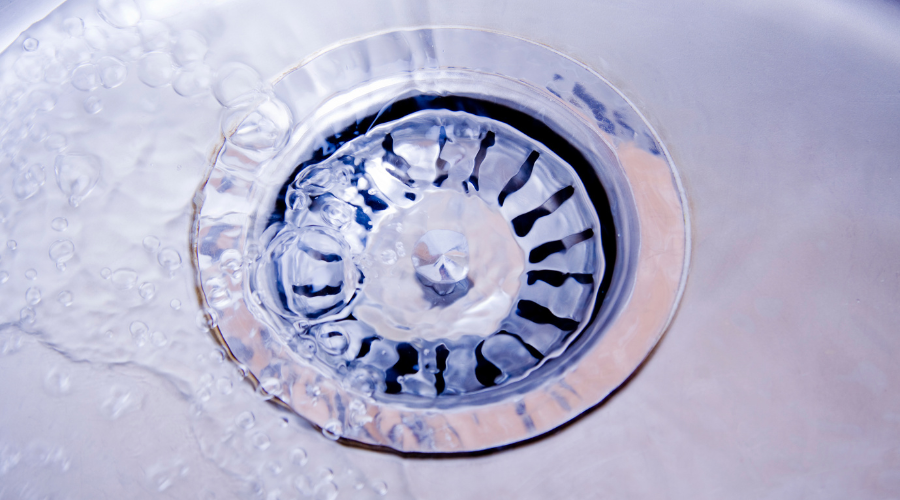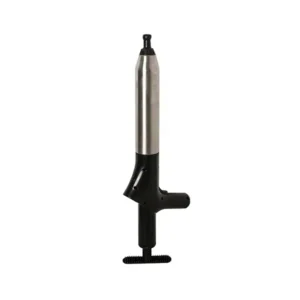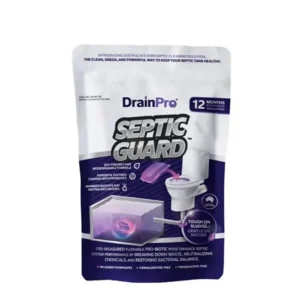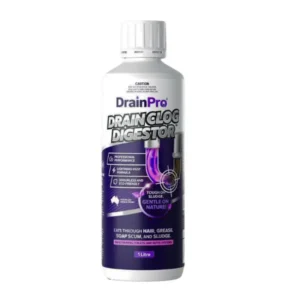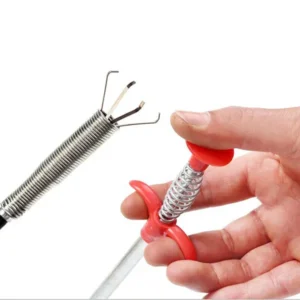Hey there, lovely readers! We all do our best to keep our homes looking good, right? But guess what often gets overlooked? Yep, the drains. It’s pretty much out of sight, out of mind, until bam—a clog hits and throws a wrench in our day. That’s when we start thinking, “How did I miss this?” and “What can I do to avoid this mess next time?”
So, in this blog, we’re gonna have a chat about Drain Maintenance – how to keep those drains clear and our homes running like a well-oiled machine. Let’s dive in and figure out how to dodge those drain dramas before they sneak up on us again.
The Importance of Drain Maintenance
Keeping your drains clear isn’t just about dodging the hassle of a clog; it’s way more important than that. It’s about making sure your home stays safe and in tip-top shape. When drains get blocked, it can lead to water backing up everywhere, messing with your home’s structure and turning it into party central for bacteria and pests. Yikes! So, by taking a bit of time to look after your drains regularly, you’re not just saving yourself from a headache; you’re also keeping your wallet and your schedule from taking a hit. Let’s keep those drains flowing and our homes happy, shall we?

Preventive Measures
To keep your drains flowing freely, it’s crucial to be mindful of what goes down them. Each area of your home requires specific attention:
Kitchen Sink
Avoid disposing of grease, oil, and food particles. These substances can solidify within the plumbing, leading to blockages.
Bathroom Sink and Shower
Use hair catchers to prevent hair and soap scum buildup, which are common culprits for clogs.
Toilet
Only flush human waste and toilet paper. Items like wipes, cotton balls, and sanitary products should never go down the toilet, as they do not break down easily.
DIY Cleaning Methods
Hot Water Flush:
A weekly flush with boiling water can help dissolve fats and oils in the kitchen sink. However, for PVC pipes, opt for warm water to avoid damage due to high temperatures.
Dish Washing Liquid:
Try mixing a few tablespoons of liquid dish soap with two litres of boiling water, then pour this mix down the clogged drain. Follow up with more boiling water. You might need to repeat it a few times, but don’t worry—it’s safe for all drains and won’t harm your pipes.
Baking Soda and Vinegar
Pour 1/2 cup of baking soda down the drain, followed by 1/2 cup of vinegar. Cover the drain and let it sit for 15 minutes, then flush with 2 quarts of boiling water.
Baking Soda, Salt and Vinegar for tougher clogs
Mix 1/2 cup of baking soda with 1/2 cup of salt, then pour the mixture down the drain followed by a cup of vinegar. Let it sit for at least 10 minutes and then flush it with boiling water.
Salt, Borax, and Vinegar
Pour 1/4 cup of salt followed by 1/4 cup of Borax down the drain, then pour 1/2 cup of vinegar. Finish by pouring a pot of boiling water down the drain.
Note: While baking soda is a handy tool, it’s not perfect. Over time, it can be harsh on your pipes, especially if they’re used to tackle tough clogs regularly.
Utilizing the tools
The plunger is your go-to tool for tackling clogs in both sinks and toilets. Ensure that the water level is high enough to cover the base of the plunger. This creates the necessary suction and pressure. Once you’ve got that covered, place the plunger over the drain and push down firmly, then pull up sharply. This pumping action can help dislodge whatever is blocking the drain. It might take a few tries, but it’s effective for clearing out those stubborn clogs.
For tackling stubborn clogs, go for a high-powered air-pressure plunger. This device leverages compressed air to forcefully push water through the drain, efficiently dislodging clogs in sinks, toilets, and showers. Sometimes, a single blast is enough; other times, you might need a few tries to clear the clog completely
Drain Snake
This tool is perfect for reaching down into the drain to grab and remove hair, gunk, and other blockages that are too deep for a plunger to reach. To use it, you simply feed the flexible coil down the drain until you hit the clog. Then, you can either twist the snake to catch the debris or push through the blockage to break it up. Pulling the snake out will often bring the clog with it, clearing the way for water to flow smoothly again.
Enzyme Cleaner
For a more thorough cleaning that you’ll want to do monthly, enzyme cleaners are your best bet. These cleaners use natural bacteria to eat away at organic matter (like food, grease, hair) without damaging your pipes. Pour the recommended amount down the drain, let it sit for the specified time—usually overnight—then flush with hot water. They’re an eco-friendly option that keeps your drains clear and odour-free.
How often should you clean your drains
- Weekly: Target kitchen drains to combat food and grease buildup.
- Monthly: Use enzyme cleaners for a deeper cleanse, breaking down stubborn residues.
- Annual: For persistent issues, professional help ensures your drains remain in top condition.
Wrapping it up, Dear readers, maintaining your drains is a bit like looking after a garden. It requires regular attention, the right tools, and a bit of know-how, but the payoff is huge. By following the simple steps and tips we’ve covered, you’re not just preventing the annoyance of clogs; you’re protecting your home from potential damage and keeping it healthy and welcoming.
Thanks for diving into drain care with me! Keep up the good work, and here’s to enjoying a home free from drain dramas. Cheers to clear drains and smooth sailing ahead!




